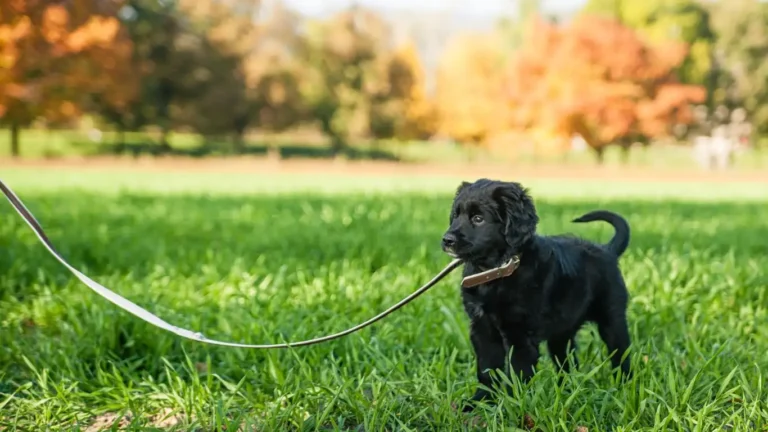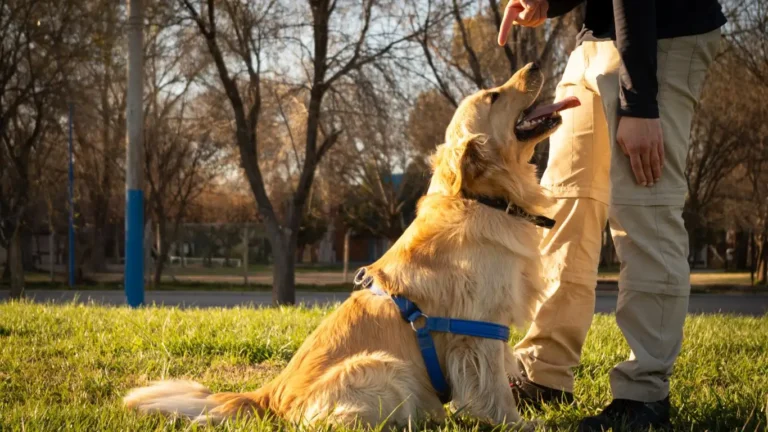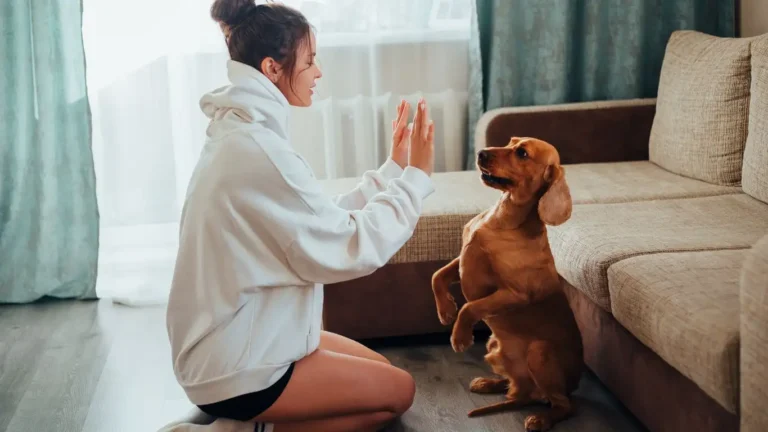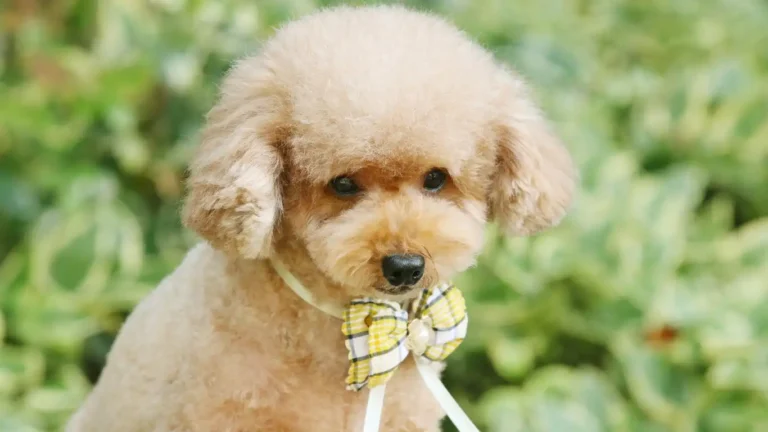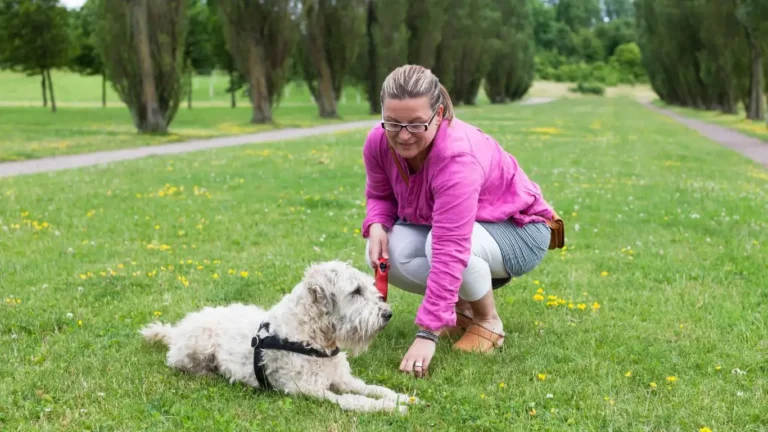How to Train a Dog to Calmly Visit Pet Stores: Expert Tips for Success
If you’ve ever found yourself wondering how to train a dog to calmly visit pet stores, you’re not alone. I’ve worked with countless dog owners as a Canine-Assisted Therapy Trainer, and this is hands down one of the top things people ask me. It sounds simple—just a trip to the store, right? But if you’ve ever wrestled a 70-pound Labrador who suddenly decided the chew toy aisle was his personal playground, you know there’s a bit more to it. The good news? With the right approach, a little patience, and some insider techniques, your pup can learn to be the chillest shopper in the store. Let me walk you through what I teach my clients—dog parents just like you—every day.
Understanding the Real Challenge
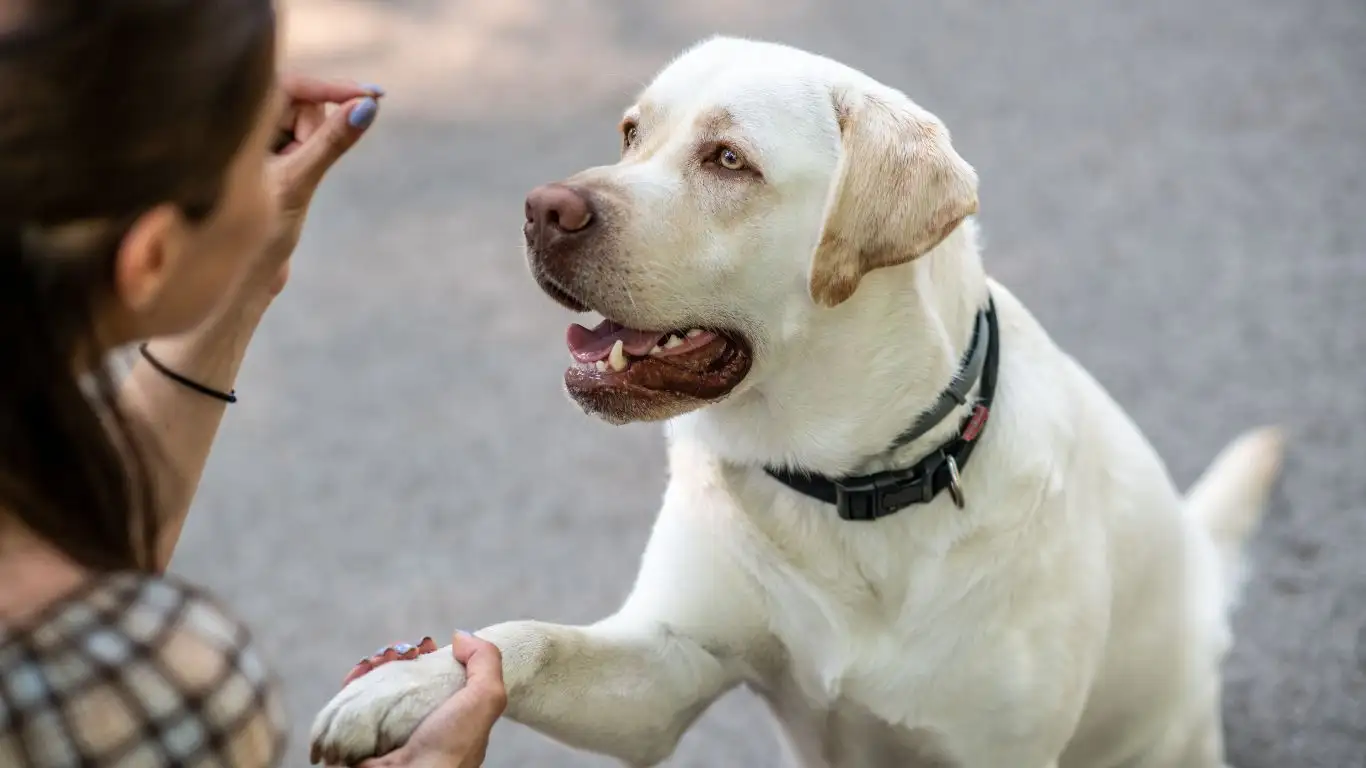
Okay, let’s set the scene. You’ve got your leash in one hand, a bag of treats in the other, and your dog is pulling you into the automatic doors like he’s on a mission. Inside? It’s chaos. Squeaky toys, smells galore, other dogs, loudspeakers, strangers trying to pet him. That’s a sensory overload for a lot of dogs—especially if they’ve never had structured guidance in that environment.
One thing I always tell my clients is this: “Your dog isn’t being bad. They’re just unprepared.” Most dogs don’t naturally know how to stay calm in a high-stimulation place like a pet store. That’s where training (the right kind) comes in.
Start Training Long Before You Ever Walk Through Those Doors
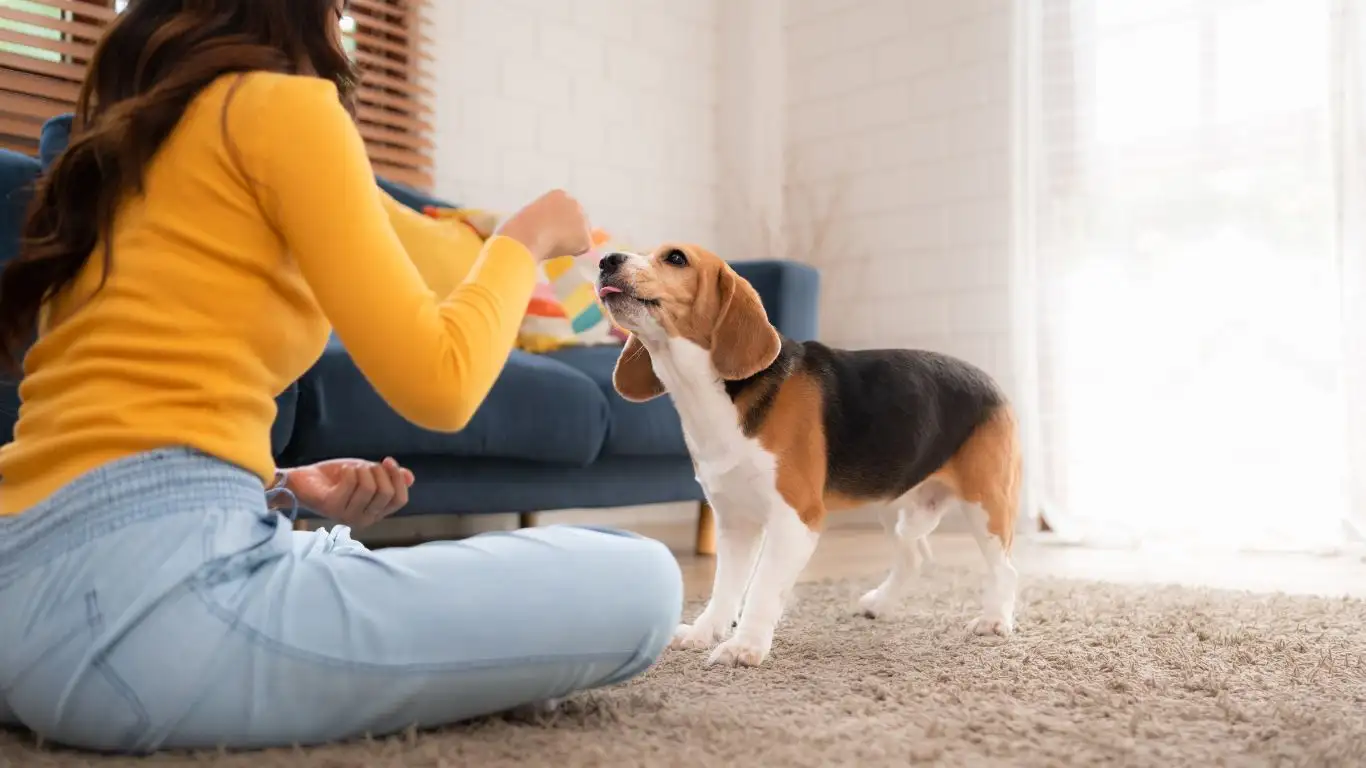
Before you even consider a pet store field trip, groundwork is key. Think of it as prepping your dog’s “emotional toolkit” to handle the unpredictable. Here’s how I usually start with my own dogs and therapy pups in training:
1. Master the Basics at Home
Yep, we’re talking sit, down, stay, loose-leash walking, and “leave it”. These foundational commands are your best friends in a busy store. Practice them in quiet environments first, and then gradually build distractions.
- Practice “leave it” with food and toys on the ground.
- Make “stay” really solid—even when you toss a ball nearby or ring a doorbell.
- Reinforce loose-leash walking every day. Consistency is everything.
2. Simulate the Pet Store at Home
Sound weird? It works. I’ve turned my living room into a “mock pet store” more times than I can count. Lay out distractions: treat bags, plush toys, maybe even a recording of barking or loud announcements.
- Walk your dog through slowly, reinforcing calm behavior.
- Reward heavily for ignoring items or staying by your side.
- Introduce strange smells—use pet-safe essential oils or rub a toy in peanut butter and place it on a shelf.
3. Practice in Neutral Public Spaces
Before heading to an actual pet store, I recommend testing your dog’s calm in lower-pressure environments like:
- Outside a grocery store (but not too close to carts)
- A quiet strip mall sidewalk
- Home Depot or garden centers (dog-friendly, usually less chaotic)
One of my favorite spots is the local farmer’s market early in the morning. The smells, people, and scattered snacks mimic pet store chaos pretty closely—and it’s a great place to practice impulse control in real time.
Building a Calm State of Mind

This is where the magic happens. Teaching your dog how to be mentally still is a total game-changer. Here’s a go-to exercise I teach almost every new client—it’s what I call the “Place and Chill” drill.
4. Use the Mat Game
Grab a mat, towel, or bed. Start at home and condition your dog to associate that mat with relaxation and calm vibes. The goal? Your dog goes to the mat, lies down, and stays chill—even when stuff is happening around them.
Here’s how to build it up:
- Start simple. Ask your dog to lie on the mat, then reward.
- Slowly increase duration—go from 5 seconds to a few minutes.
- Add distractions—toss a toy nearby or have a friend walk past.
Eventually, you can bring this mat into the pet store as a portable calm zone. Seriously—it works wonders. I’ve seen anxious rescue dogs learn to settle in chaotic spaces using this one technique.
5. Pair Calm Behavior with Rewards (But Don’t Overhype It)
Here’s something I had to learn the hard way—too much enthusiasm can actually backfire. When I first started out, I’d celebrate every good moment like we just won the lottery. Big mistake. My dog would get amped up and lose his focus. Now? I keep my praise low and slow. Think soothing voice, gentle strokes behind the ears, soft “yes.” That sets the tone and reinforces the energy I want to see more of.
Stay tuned, because we’re just getting started. There’s more to this process—including what to do the moment you actually walk into the store and how to handle unexpected curveballs. But for now, this early work sets the stage for everything to come.
Taking Your Dog Into the Store: The First Visit
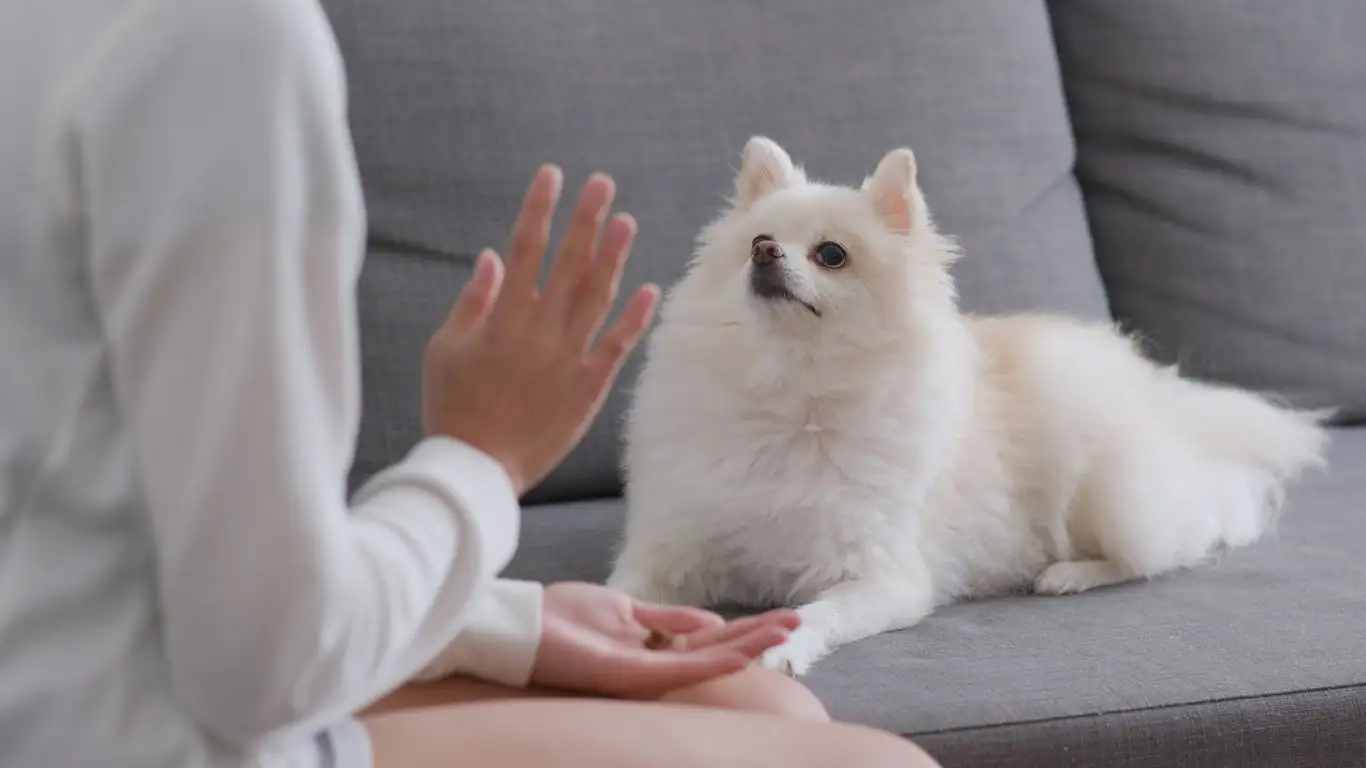
Alright, you’ve laid the foundation at home, practiced around distractions, and your dog’s starting to look like a little zen master on four paws. Now comes the big moment—actually stepping foot inside a pet store. Don’t rush it. That first visit can either be a major confidence builder or a total overwhelm, depending on how you handle it.
When I took my own rescue pup to his first pet store, I parked way in the back of the lot. Not because I needed the extra steps, but because it gave us a few quiet minutes to decompress, sniff the air, and just settle in before the doors even opened. That’s a trick I still use with clients today—start slow and set the tone early.
1. Keep the First Trip Short and Sweet
This is a training visit, not a shopping spree. Your goal is to teach your dog that good things happen when they stay calm in that environment—not to grab three bags of kibble and a new leash. Here’s what I recommend:
- Pick a low-traffic time (weekday mornings are golden)
- Go in with a plan: where you’ll walk, what you’ll reinforce, and when you’ll leave
- Keep it under 10 minutes for that first trip—even 5 minutes is fine
I always bring super high-value treats (think: boiled chicken, cheese bits, or freeze-dried liver) and a calm, steady energy. Dogs read our vibes more than we realize. If you’re stressed, they’ll be too.
2. Stick to the Perimeter
Think of the inside of the pet store like a target—you don’t head straight for the bullseye. Instead, walk the perimeter. It’s usually quieter, less stimulating, and gives your dog a chance to take everything in without being overwhelmed by close-aisle chaos or sudden encounters.
Let your dog sniff—but on your terms. If they start to pull, pause, redirect, and reward when they return to your side. This part takes patience, but it’s where all that home training pays off.
Using Engagement to Keep Focus in High-Stimulation Zones

One thing I preach constantly in my therapy dog workshops: engagement is your best friend. Your dog’s ability to focus on you, even when toys are squeaking and another dog just barked from three aisles over—that’s the magic sauce. And yep, it’s totally trainable.
3. Make Yourself More Interesting Than the Chaos
Sound impossible? It’s not. You just have to get a little creative. Here’s what’s worked for me over and over again:
- Use movement. A quick pivot or “let’s go!” redirect grabs attention better than tugging the leash.
- Keep your voice fun and light. Not loud—just interesting.
- Mix up your rewards. Don’t just use treats—praise, a tug toy, or a quick game of “find it” can snap your dog’s focus back to you fast.
I’ll never forget one session where I had a golden retriever fixated on a squeaky duck. Total tunnel vision. I pulled out a crinkly bag of turkey jerky, backed up a few steps, and whispered, “Hey, wanna play?” Instantly, his attention shifted, and we were back in sync. You’ve got to find what lights your dog up—and use it.
4. Teach a “Look at That” Game
This one’s gold for reactive or overly curious dogs. When your dog notices a trigger (like another dog, loud sound, or a moving cart), you actually reward them for looking at it—but only if they stay calm and look back at you.
Here’s the basic version:
- Dog sees trigger → you calmly say “yes” or click → give a treat
- Repeat until they start looking at you right after spotting the distraction
- Now you’ve got a dog who sees stuff, stays cool, and checks in with you automatically
This is a method I adapted from my therapy work—teaching dogs to remain neutral in hospitals, schools, and chaotic places. It works beautifully in pet stores, too.
Helping Your Dog Succeed Without Overwhelm
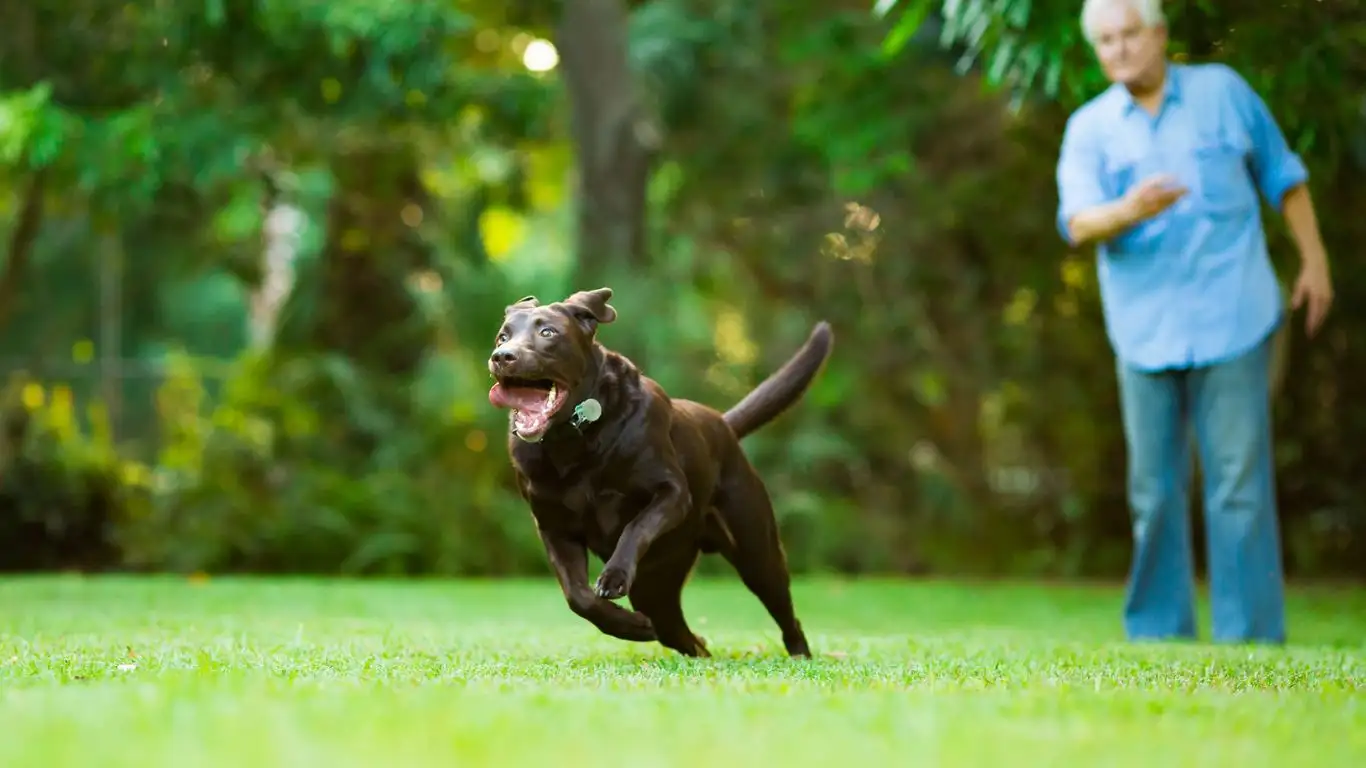
Now, not every dog will breeze through this. Some will get overstimulated, distracted, or just plain tired. That’s totally normal. As a trainer, I’ve had sessions where we had to call it five minutes in and go decompress outside. No shame in that at all. In fact, knowing when to stop is a major part of training success.
5. Use Exit Cues to Keep the Experience Positive
I always end pet store visits with something the dog enjoys—like a “find it” game in the parking lot or a quick trot around the block. I also teach an “all done” or “let’s go” cue that signals, “We’re finished here. Time to move on.” It creates clarity and helps prevent frustration.
Trust me, I’ve seen the look on a dog’s face when they’re overstimulated—eyes wide, ears back, tongue flicking. That’s when it’s time to wrap it up and try again another day. Pushing past that point only undoes your hard work.
6. Celebrate the Little Wins
Your dog didn’t bark at the cashier? That’s a win. They sat at the register while you paid? Double win. They hesitated at the entrance but walked in after a minute? HUGE. These are the moments that add up to long-term success.
I had a client once with a terrier mix who wouldn’t even go through the automatic doors without freezing. We spent two sessions just playing “approach and retreat” with tons of praise. By session three, he walked right in. We celebrated like it was Christmas morning—and honestly, that joy is what keeps training fun.
We’re laying down a solid roadmap here, and we’re not done yet. There’s still more to cover—like how to keep that good behavior consistent over time, troubleshoot setbacks, and eventually let your dog enjoy off-leash trust (in the right spaces). But if you’ve made it this far, you’re well on your way to transforming pet store visits from stressful to seriously enjoyable.
Maintaining Calm Behavior Over Time

Alright, so your dog is doing great on those first few trips to the pet store. But what happens when you’ve got to keep that calm behavior consistent? The key here is consistency and gradual increases in difficulty. You’re building muscle memory for your dog, but like with any good habit, you’ve got to stick with it.
Let me give you a little peek into the life of one of my therapy dogs, Rocky. The first few trips were rough—he was a nervous wreck in the store, pulling on the leash and constantly distracted. But over time, with small steps and patience, he learned to stay calm as I shopped. Now, when we go in, it’s a breeze. I can even leave him in the car for a few minutes while I run an errand, knowing that he’ll be totally chill when I come back. That kind of consistency is the result of training like we’ve been talking about in this article, but it takes time. A lot of time, actually.
1. Keep Challenging Them, But Know When to Pull Back
Once your dog is consistently doing well in the pet store, it’s time to mix things up. I like to introduce new challenges to keep things interesting and reinforce good behavior. Here are a few ideas:
- Start walking through busier areas of the store with more distractions (like the checkout lane with people around).
- Bring in other dogs (if your dog is comfortable around them) to increase the challenge of maintaining focus.
- Try different pet stores to expose them to new environments and smells.
But here’s where a lot of owners go wrong—they push too hard, too fast. If your dog’s starting to get overwhelmed or pulling on the leash, slow it down. One bad trip can set your training back significantly, so always make sure you’re listening to your dog’s body language.
2. Incorporate the “Look at That” Game in Real-Life Situations
When you’re in a store and something catches your dog’s attention (another dog, a squeaky toy, or a rowdy customer), it’s time to whip out your “look at that” game again. This is a fantastic way to prevent your dog from slipping into a state of heightened arousal.
Each time they check in with you instead of fixating on the distraction, reward them. Over time, they’ll understand that looking at the distraction, then looking back at you is the key to staying calm and getting a reward.
What to Do When Things Don’t Go as Planned

We’ve all been there—your dog has a great start in the pet store, but suddenly, something happens. A loud noise, another dog, or a kid running past. Boom. Your calm dog turns into a stressed-out mess. So, what do you do?
First, don’t panic. Dogs are resilient, and even a setback isn’t the end of the world. What’s important is how you respond. Here’s what I recommend:
1. Stay Calm and Redirect
Your dog can pick up on your emotions, so if you start stressing, they’ll feed off that energy. If they react to something, redirect them by using your calm voice and offering a treat or a toy. A gentle tug on the leash might also help guide them back to focus.
Sometimes, it’s best to just step outside and take a break. That’s okay! You’ll be amazed at how quickly they settle once they’re in a quiet environment.
2. Use the Power of Positive Reinforcement
When your dog does the right thing—even after a stressful moment—reward them immediately. Reinforce those moments where they stay calm despite chaos. And don’t forget to stay upbeat, but not over-the-top. Low-key praise and a treat will do the trick.
3. Know When to Call It a Day
Sometimes, you just need to know when to leave. If your dog is having a tough time and is getting overwhelmed, don’t push it. A short session with lots of breaks is always better than a long, frustrating trip. I always tell my clients to leave on a positive note—if you end the visit with success, your dog is more likely to associate the experience with calmness and rewards.
Building Off-Leash Trust at the Store
So, now that you’ve got a dog who can handle the pet store on-leash, what’s next? The ultimate goal for many dog owners is to be able to trust their dog off-leash in public spaces. While I wouldn’t recommend going off-leash in a pet store right away (it’s not safe or practical in most places), you can slowly start building that trust in lower-risk environments.
1. Start in an Enclosed Area
If you’ve got access to a secure, fenced-in area (like a dog park or a training field), start letting your dog practice staying calm off-leash while you’re close by. Use the same cues you’ve been practicing on-leash, and reward them for maintaining calmness and focus.
2. Build Distance Gradually
Once your dog is doing well in a contained area, you can slowly start to add distance. Take steps back, slowly increasing the distance between you and your dog, and continue using positive reinforcement to reward calm behavior.
3. Transfer Skills to Other Stores
With your dog’s calm behavior in mind, you can start transferring those skills to other stores or even new public environments. Each new experience is an opportunity for growth, so keep practicing and gradually raise the bar of what you expect from your dog.
References and Resources
For more expert advice and tips on training your dog for public spaces, here are some trusted resources you can check out:
Disclaimer
The information in this article is based on the personal experience and training techniques of the author, and should be used as a general guide. Every dog is unique, and results may vary. If your dog exhibits serious behavioral issues, it’s always a good idea to consult with a professional dog trainer or behaviorist.

